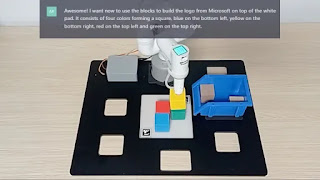Progress is being made in the
development of 3D bioprinted organs, with researchers at Israel's Tel Aviv
University anticipating transplantation-viable organs to become available in a
decade. Milestones to date have included Poland-based researchers’ bioprinting
of a functional prototype of a pancreas that realized stable blood flow in pigs,
and U.S.-based United Therapeutics’ 3D-printing of a human lung scaffold. Multilayered
skin, bones, muscle structures, blood vessels, retinal tissue and even mini
organs all have been 3D printed. While none of the printed products are yet
approved for human use and the first 3D bioprint from live cells to be
implanted in a human, marks a significant moment along that progression.

In 3D bioprinting, the name of
the game is cells. The process begins by generating the cells that researchers
want to bioprint, which are then instructed to become organ specific cell
types. The cells are then rendered into a printable living ink, or bioink, that
involves mixing them with materials like gelatin or alginate to give them a
toothpaste-like consistency. Stanford’s lab is studying how stem cells might
naturally form such a consistency if crammed together at high density, which
could lead to 3D printed organs made strictly from a patient’s own cells.
However, most researchers put the idea of full-sized 3D-printed organ
transplantation in humans somewhere between 20 and 30 years away.
More information:
https://fortune.com/well/2023/02/15/3d-printed-organs-may-soon-be-a-reality/


